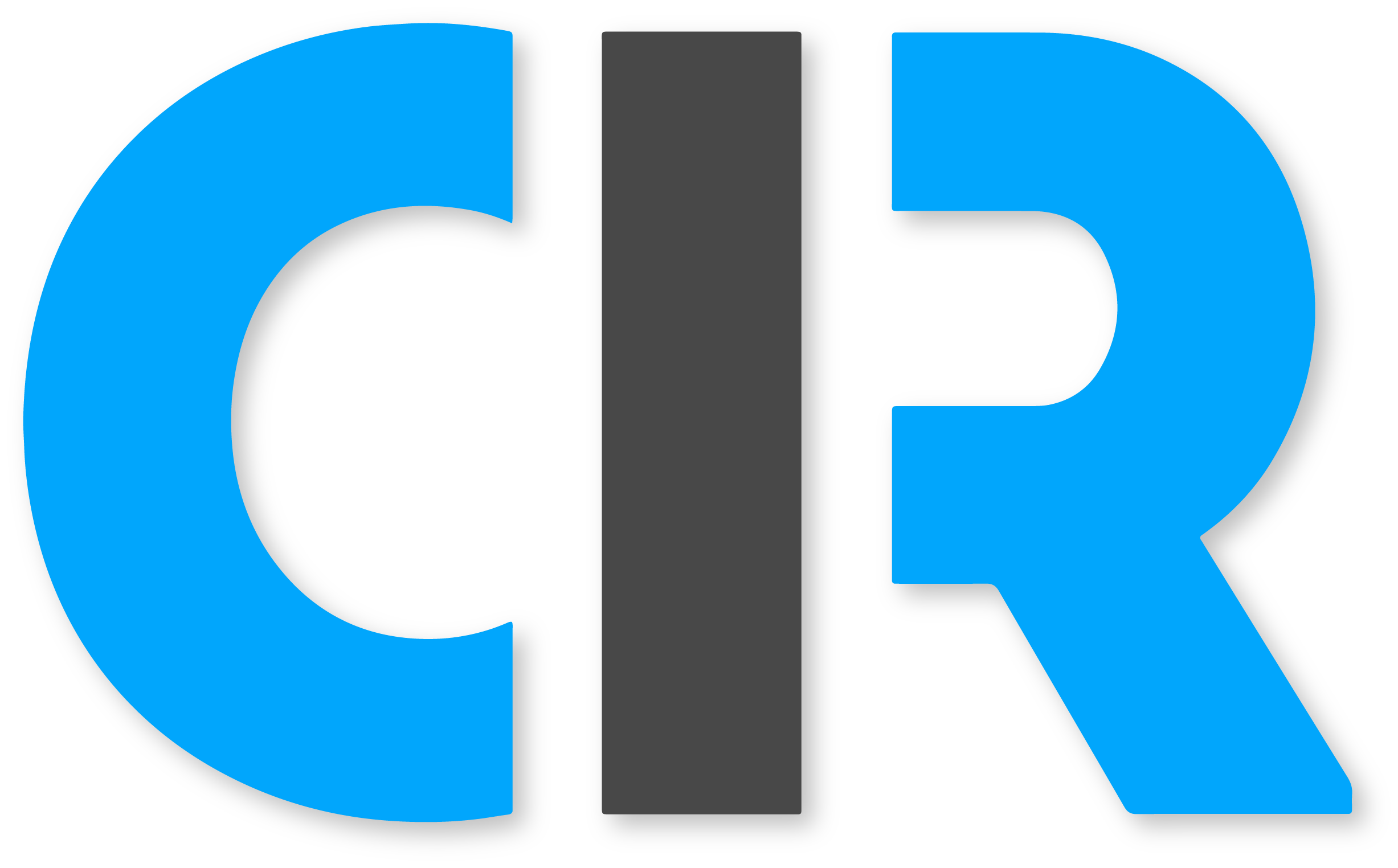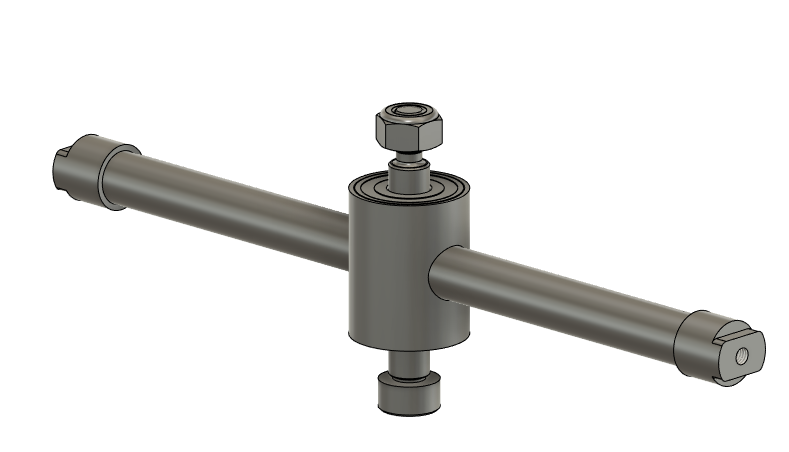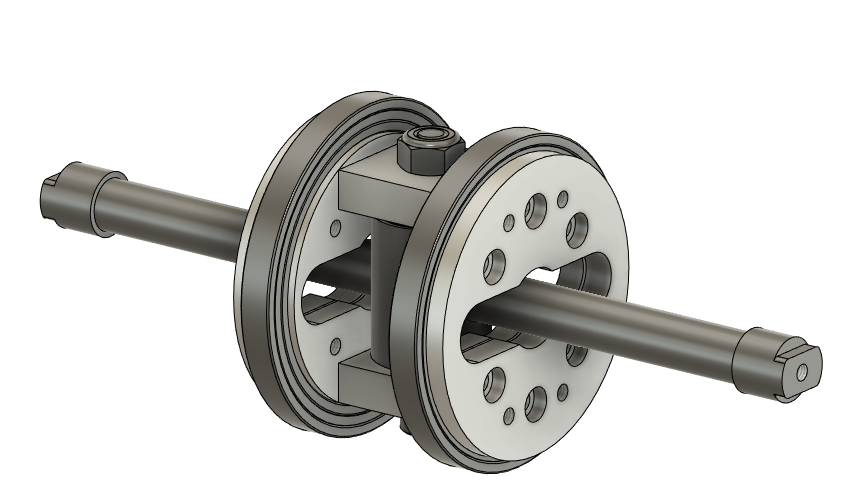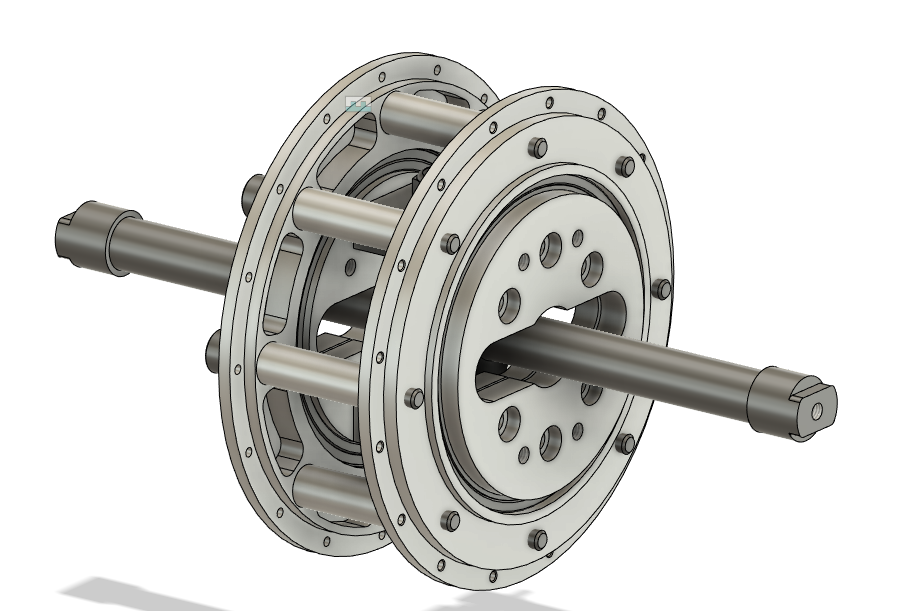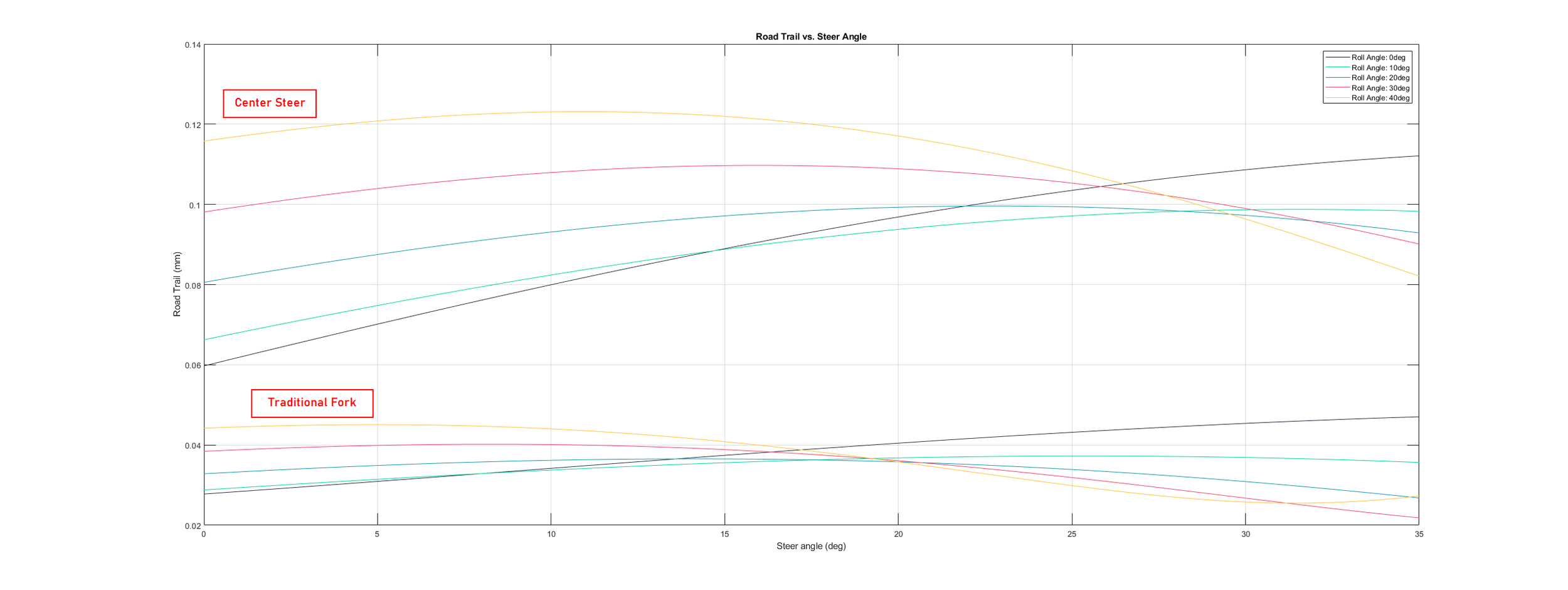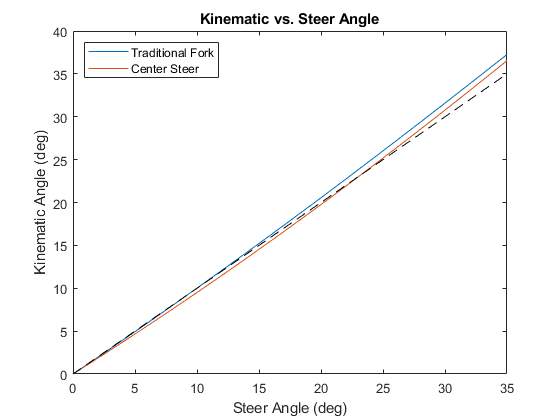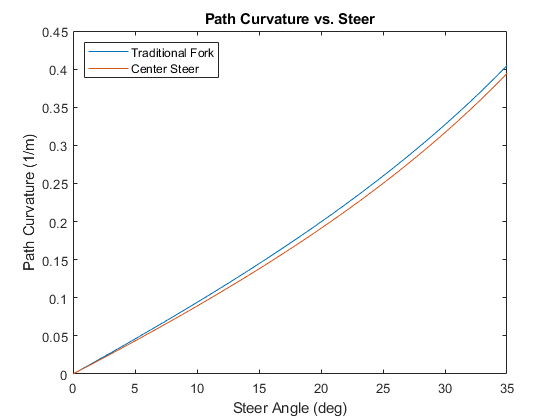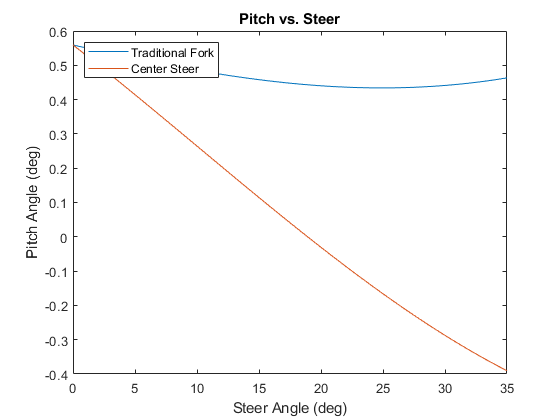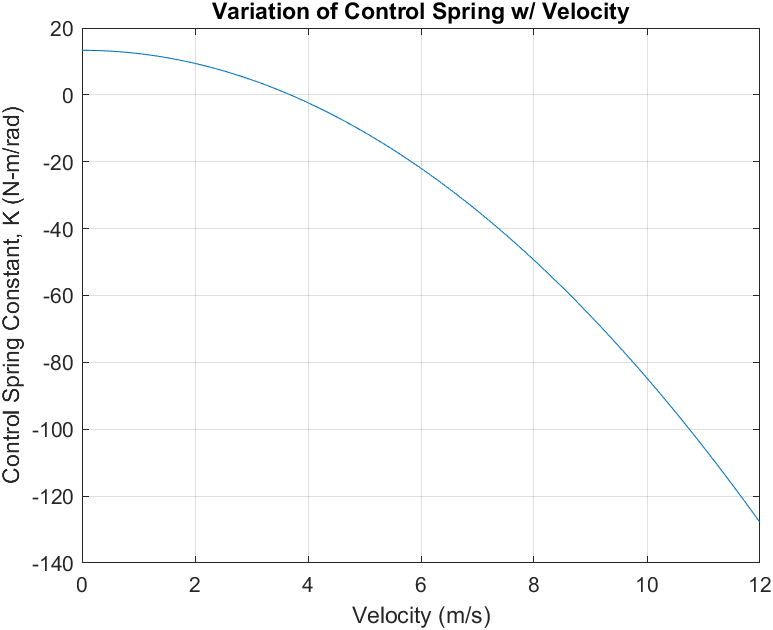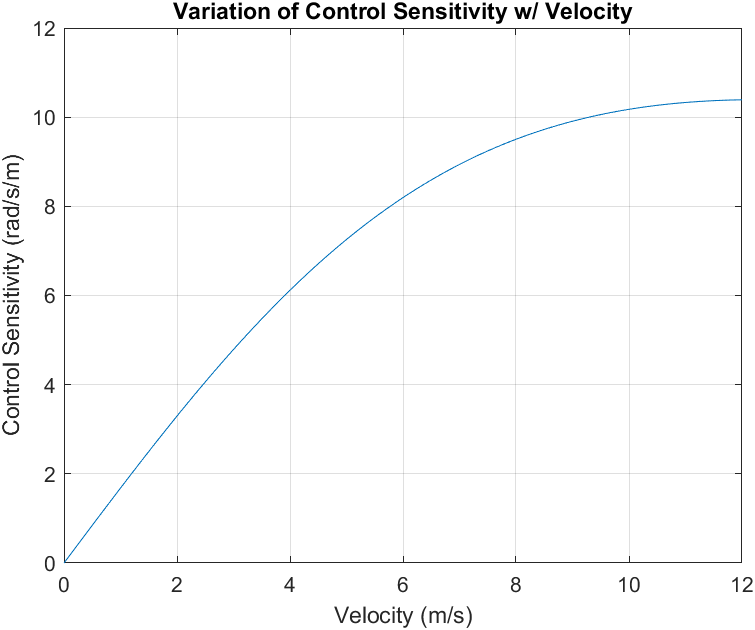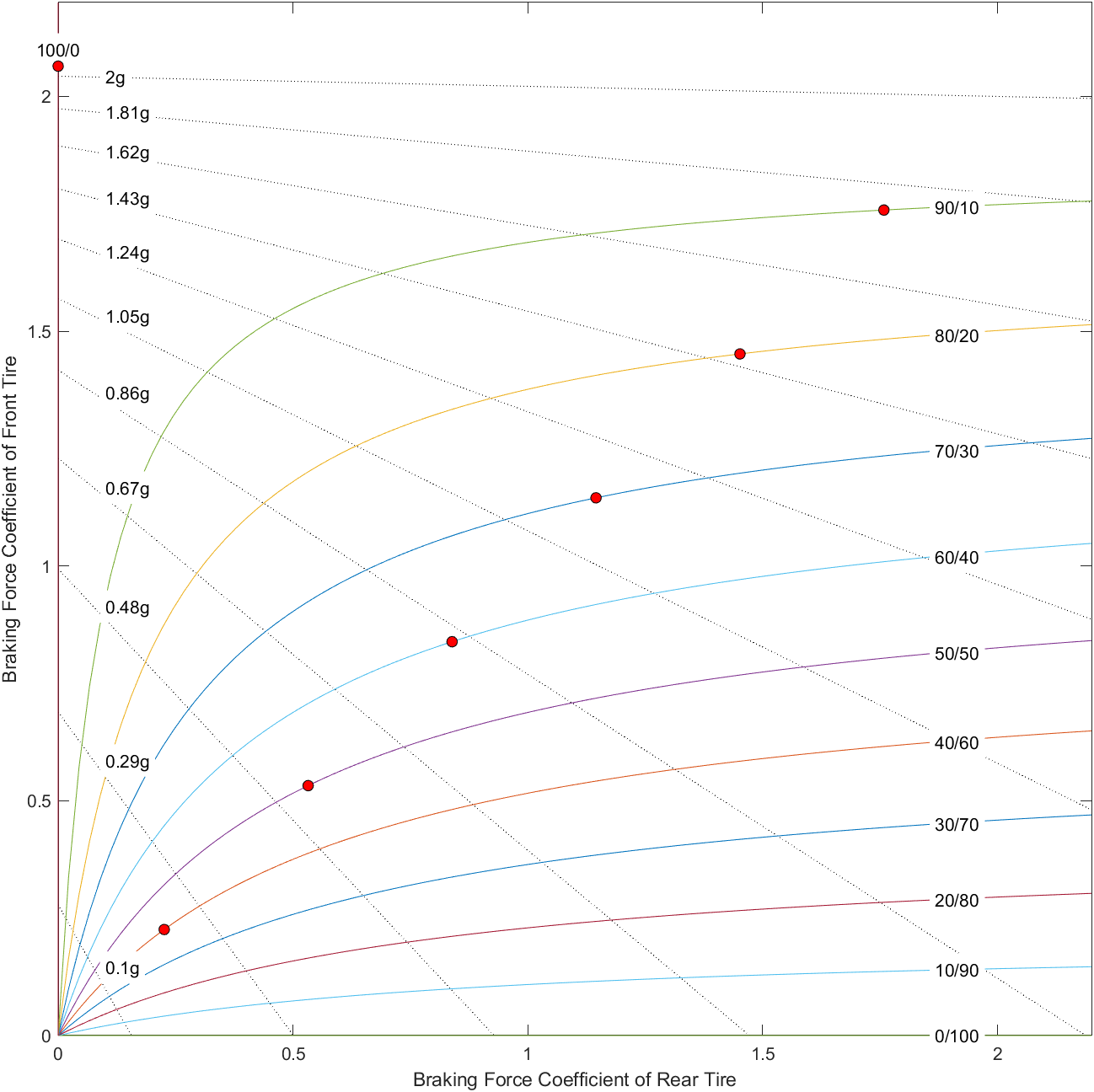Center Steer Hub
First, some glamour shots of the finished product are in order…






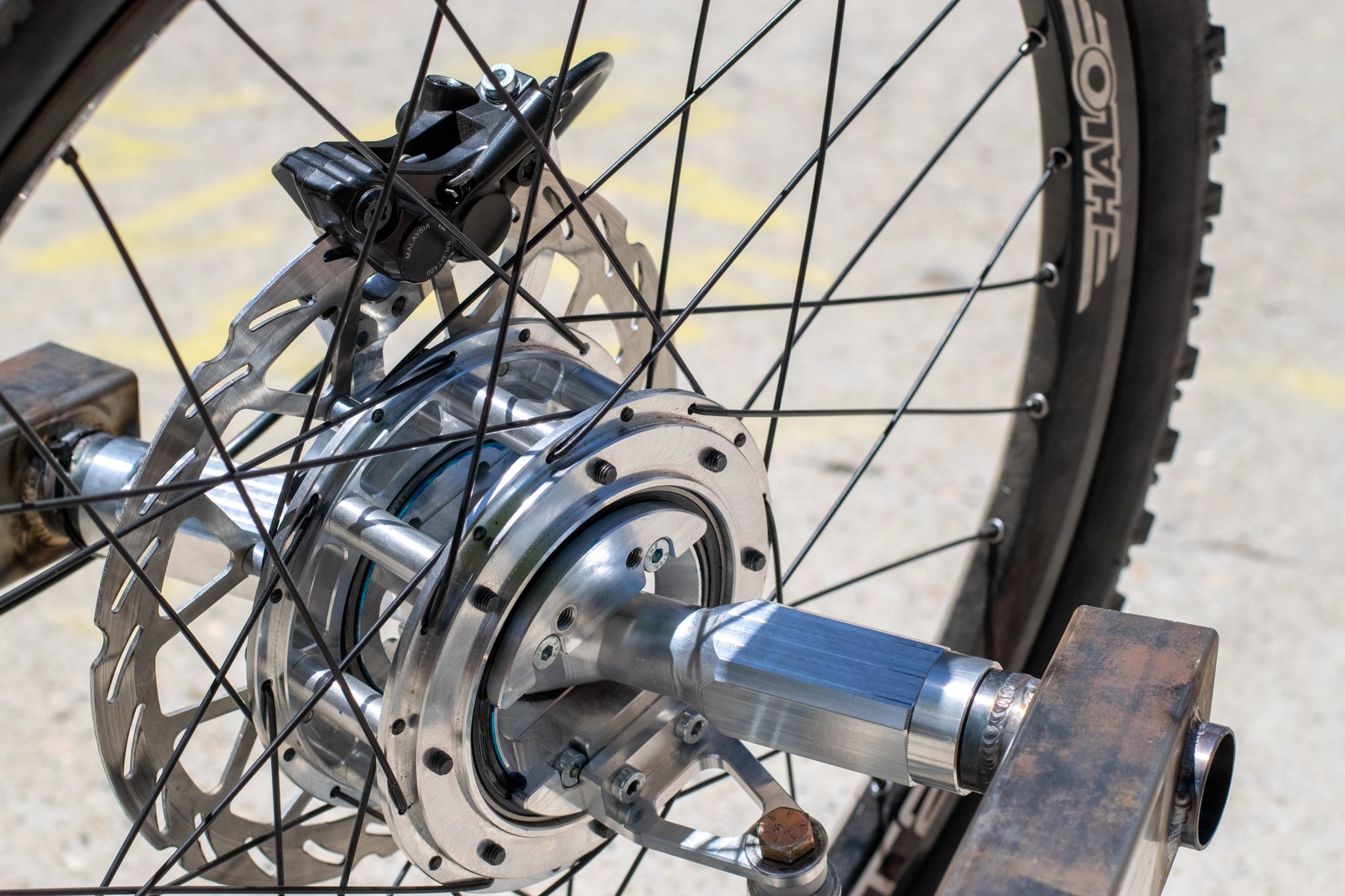

What and Why?
I built a center-steer hub for my Singletrack (ME441) design course at Cal Poly. A center steer hub eschews the traditional bicycle fork; instead, the front wheel rotates about an assembly that in turn steers about a central kingpin. In my case, the kingpin is located directly in the hub center. The kingpin rigidly attaches to the bicycle frame with an indexed axle. We had around 6 weeks in Singletrack to conceptualize and fabricate our projects. Given this tight timeframe, I wouldn’t be able to build a bike that pushed me to grow as a designer and fabricator. The center-steer hub had a manageable scope and was a great manufacturing challenge. Several notable features of the hub include:
Accommodate 24” front wheel without affecting the cargo bike’s wheelbase or cargo capacity
Indexed axle + clock-able “flip-chip” mount allows for any head angle (current angle is 67 deg, or 23 deg of caster)
Gigantic 220mm laser-cut stainless steel disc rotor
Reuses existing ball-joint, rigid-arm steering mechanism on cargo bike
To my knowledge, there are two on-market center steer designs: Elian’s hub for cargo bikes, and BiMota’s Tessi design for motorcycles. Having ridden my hub for several hundred miles, I think I understand why the center-steer revolution hasn’t happened. The hub’s complexity and limited turning capacity make it a tough sell compared to the tried and fork. However, this project was still a great experience and proof of concept! Definitely a learn-by-doing journey. Below, I’ll go over some design and manufacturing details.
Design:
I started the project by selecting the outer radial bearings. These bearings had to have a large internal bore to give the axle space during turning - I designed for a +/- 35-degree turning capacity. I ultimately selected some 100x80x10mm bearings from a UK distributor for an unbelievably low price. These industrial bearings have radial load (C10) ratings far above what’s needed for a bicycle. From there, I designed the hub to have a 50mm flange-flange spacing and 119.5mm spoke PCD. I hoped this would make wheelbuilding easy. More on this later…
The hub is split into three main components:
Inner kingpin axle attached to the frame
Inner Hub assembly steering around kingpin
Outer Hub assembly rotating around inner hub assembly
Mathy stuff:
I’ll briefly touch on some of the kinematic analysis I performed on the bike. Most of this was done with the PCM/Kinematic models presented in my Singletrack class. I calculated my old cargo bike’s roll-moment of inertia and a few other important factors in lab and used them to generate responses for the original design and with a center-steer hub. Here are some of these responses below:
Above, we see some of the kinematic differences between the center steer and traditional fork. Kinematics-wise, we see that the center steer hub has much more road trail that changes more drastically with steer/roll angle compared to the traditional fork. This results in more negative pitch when turning - essentially, the front of the bike lowers more. These should theoretically make the bike less maneuverable but more stable. People who rode the bike before and after center-steer agreed with this prediction.
Here, we see control spring and sensitivity variation with velocity, as well as a braking performance plot. Essentially, a positive control spring indicates an unstable region while a negative spring indicates a stable region. The cargo bike passes through the critical point (transition from unstable to stable) around 8 mph. Control sensitivity is also important. Values above 18 at high speeds are extremely dangerous and can lead to twitchy handling and subsequent crashing. My bike levels out around 10.5, below Bill Patterson’s recommended limit of 12 for cruisers/recumbent vehicles. Lastly, we can look at the brake graph. In short - the cargo bike’s long wheelbase and rear-biased weight distribution makes overturn (flipping over the handlebars) near impossible. Thus, you will become grip limited far below the overturn limit.
Manufacturing
Let’s talk about the fun stuff! You may have noticed the hub is made of many smaller plates bolted together. I went this route to best utilize the stock and machining tools available to me. The hub pieces are mostly machined from 6061 flat plates using a combination of softjaws and fixture plates.
Going into this project, I had little experience with softjaws or fixture plates. Most of my parts were simple 2-op pieces which made it easy to handle on the 2 VMC’s at my disposal: a HAAS VF3-SS and a HAAS Super MiniMill. However, it was not smooth sailing and I learned a ton along the way.
